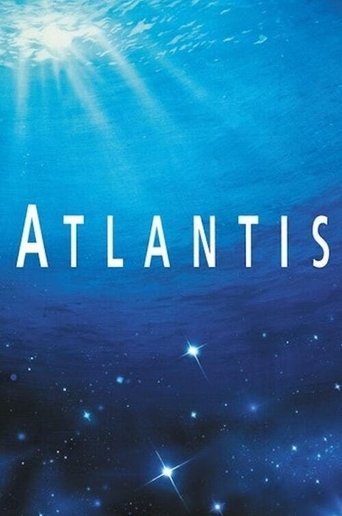
21 Aug 1991

Atlantis
Atmospheric soundtrack follows this compilation of nature footage that focuses on the ocean and various life forms that live, mate and die in it.

Ocean Predators Immerse yourself deep into the ocean in search of the most dangerous predators in our seas. Unveil the mysteries of these fascinating and skilled hunters. Razor-sharp teeth and lightning-fast reactions rule in this unforgiving environment. Are you ready to discover the facts behind the myths and legends about sharks, barracudas and moray eels? Shot in 3D, this documentary introduces you to the Kings of the Sea in an unprecedented way..

21 Aug 1991

Atmospheric soundtrack follows this compilation of nature footage that focuses on the ocean and various life forms that live, mate and die in it.

04 Sep 2020

After years of swimming every day in the freezing ocean at the tip of Africa, Craig Foster meets an unlikely teacher: a young octopus who displays remarkable curiosity. Visiting her den and tracking her movements for months on end he eventually wins the animal’s trust and they develop a never-before-seen bond between human and wild animal.
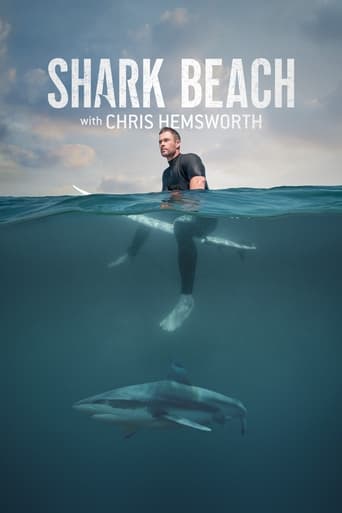
05 Jul 2021

Chris Hemsworth has a real passion for sharks. The Hollywood star talks to experts to find out more about the apex predators of the oceans.
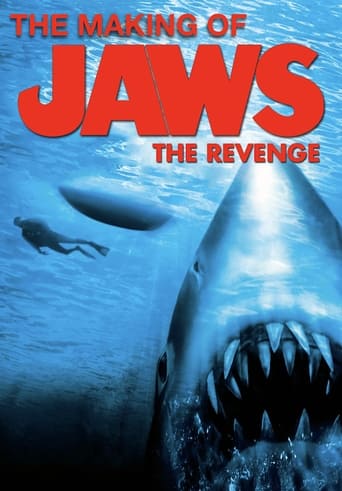
10 Jul 1987

A behind the scenes look on Jaws The Revenge with interviews from the cast and crew.
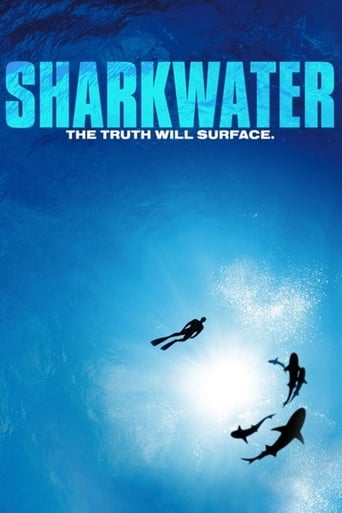
11 Sep 2006

Driven by passion fed from a life-long fascination with sharks, Rob Stewart debunks historical stereotypes and media depictions of sharks as bloodthirsty, man-eating monsters and reveals the reality of sharks as pillars in the evolution of the seas.

21 Jul 2019

On a hot summer day, a young man from Philadelphia goes for an afternoon dip; when he is 40 feet from shore he gets attacked and dies; five days later, the Bell Captain at a popular beachside resort is also attacked.

18 May 2003

Deep Blue is a major documentary feature film shot by the BBC Natural History Unit. An epic cinematic rollercoaster ride for all ages, Deep Blue uses amazing footage to tell us the story of our oceans and the life they support.
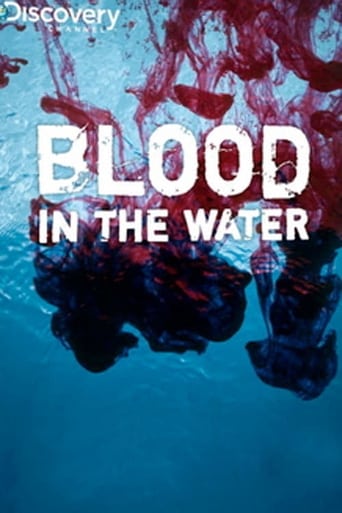
08 Feb 2009

This gripping drama brings to life the true rogue-shark story that inspired Jaws. In 1916, the New Jersey shore became a feeding ground as five people were attacked in 12 days, triggering a nationwide panic. It was the first multiple shark attack in American history, and the reason we fear sharks to this day.
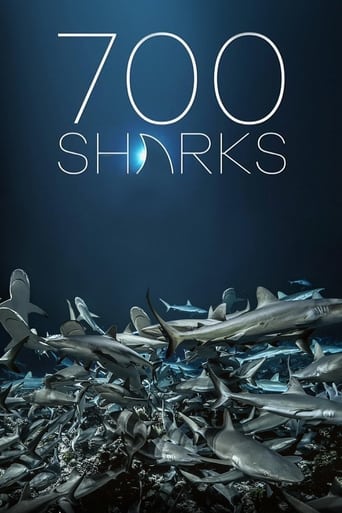
09 Jun 2018

Gombessa Expedition 4 Laurent Ballesta went to observe a gathering of thousands of groupers during the full moon of June 2014 (Le mystère mérou) in the southern pass of the Polynesian atoll of Fakarava, where he discovered a pack of over seven hundred grey sharks. How can this unprecedented density be explained? Could it be that social behaviors govern this wild horde? During three years of preparation, he and the other divers on his international scientific team tamed their fear by abandoning the defensive reflexes that provoke shark aggression, with the aim of slipping into the heart of the raging pack to study and film it from the inside. Sharks fitted with microchips, receiving antennas, hydrophones, an ark of 32 synchronized cameras...: a whole technological arsenal is mobilized for the project. As the groupers approach for their annual spawning, what battle plan will the sharks deploy?
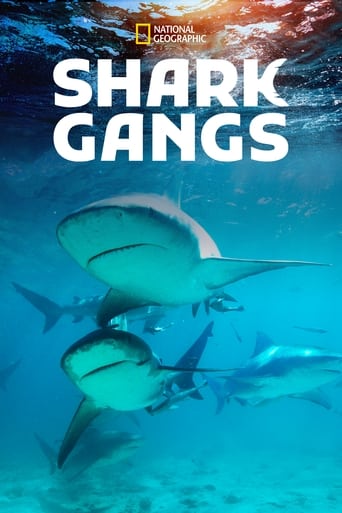
16 Jul 2021

Scientists have discovered and investigate the reason behind the behavior of sharks swimming around in gangs even though they are viewed as solitary predators.

02 Jan 2018

70 years after the last wolves roamed the national park, a total of 41 wolves were reintroduced between 1995 and 1997. A globally unique experiment that had many supporters, but also resolute opponents, then as now.

01 Jan 2009

A 3-D documentary chronicling a sea turtle's journey across the oceans.

11 Jul 2021

Johnny Knoxville sends Steve-O, Chris Pontius, and new Jackass cast members on a Shark Week mission for the ages. They'll dial up a series of shark stunts that test their bravery and threshold of pain as they put common shark myths to the test.
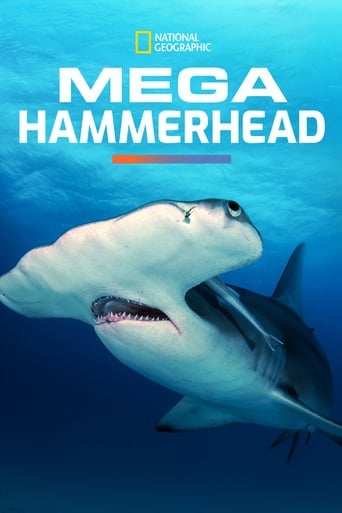
26 Jun 2016

Shark expert Neil Hammerschlag and a crew of researchers search for an elusive hammerhead shark.
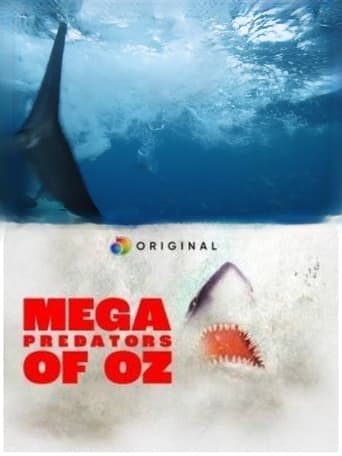
02 Jul 2021

In Australia, sharks have recently been recorded with unusual prey-including other sharks. In order to figure out what has caused this shift in diet, Dr. Charlie Huvaneers and team head to shark infested waters to find out what's in the stomach of a great white - and why.
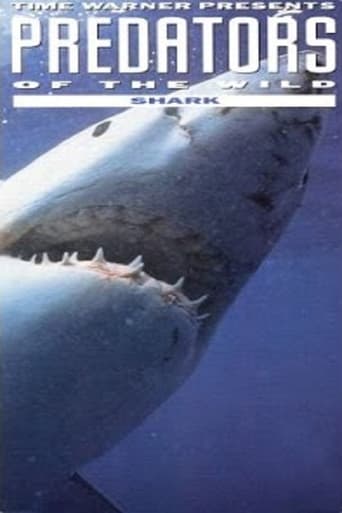
01 Jan 1992

From the Discovery Channel comes the animal series Predators of the Wild. Shot on location, footage provides viewers an up-close look at some of the planet's most notorious beasts. The episode Sharks transports viewers to the undersea domain of these fearsome carnivorous creatures. See great whites, makos, and hammerheads and learn why they do what they do. Informative as well as entertaining, this video also addresses serious conservation and animal preservation issues.

06 May 1934

A documentary on the life of the people of the Aran Islands, who were believed to contain the essence of the ancient Irish life, represented by a pure uncorrupted peasant existence centred around the struggle between man and his hostile but magnificent surroundings. A blend of documentary and fictional narrative, the film captures the everyday trials of life on Ireland's unforgiving Aran Islands.

22 Dec 1951

With Pete Smith providing dry off-screen commentary, we watch some serious fishing: a marlin caught near Catalina, a hammerhead shark caught then wrestled in a small rowboat near Baja, the largest (721 pounds) great white shark caught to date in California waters, Chinook Indians catching salmon at Celilo Falls in Oregon - each with his designated place on the river where his ancestors stood, and, last, a crew on a boat off Mexico hoisting and hurling tuna using unbarbed hooks (baited only with a feather) as fast as they can as long as the school is there - backbreaking work - but a $25,000 catch.

11 Jul 2024

Terrifying footage of real life shark encounters is analyzed by experts with hopes of gaining new understanding of how sharks interact with humans.
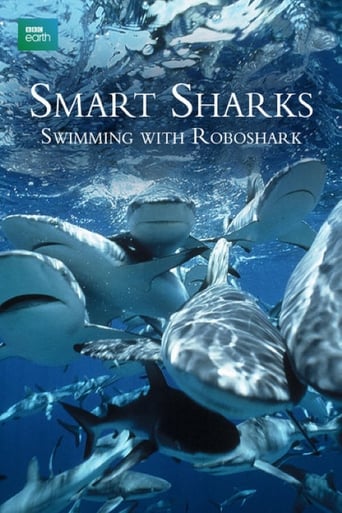
03 Aug 2003

A 6-foot-long animatronic shark featuring on-board cameras, Robo Shark is designed to blend in with real sharks and capture never-before-seen wild shark behavior. Footage shown in this television special includes the deep-sea thresher shark in the Philippines; giant whale sharks feeding off the coast of Belize; and deadly hammerheads, great whites and bronze whaler sharks in South Africa.